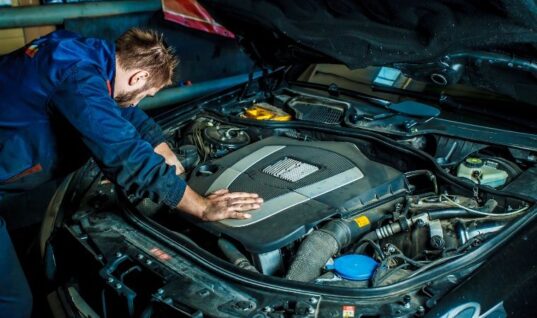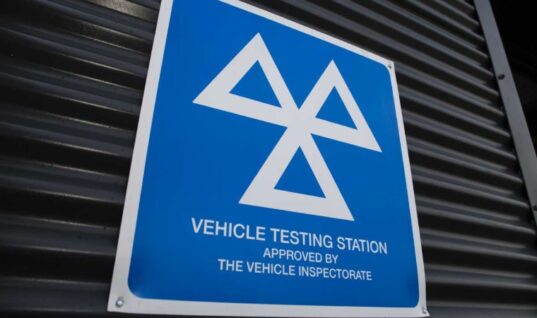GB News has published a news story highlighting what it says are the ‘massive problems’ associated with tyre wear emissions and pollution caused by electric vehicles and SUVs.
It cites an article in The Times, which suggests that “tyre emissions are the ticking pollution time bomb”, pointing to the six million tonnes of tyre waste generated by the world’s vehicles. This includes everything from small pieces of rubber to nano-particles.
The GB News story also references a 2020 report by Emissions Analytics, which said that particulate pollution from car tyre wear could be 1,000 times higher than car exhaust emissions, and that car tyres could produce as much as 9.28 grams of particulate matter per mile.
This was quickly debunked by a report published by the RAC, which pointed out that the figures were based on a worst-case scenario. It said: “A typical 16-inch family car tyre weighs around 9kg, so four of them on a vehicle gives a total weight of 36kg.
”That’s not just the tread, but the full tyres. If a car did shed 9.28 grams of particulate matter per mile from the tyres, then the car tyres would physically disappear – and the car would be running on its alloys – in less than 4,000 miles.
“In reality, the tread of a tyre is about 35 percent of the tyre’s total weight, so the tyres would be bald in less than 1,358 miles, or two months’ worth of driving for the average UK driver.”
Nobody is denying that tyre pollution is a growing problem. Earlier this year, the chief medical officer, Sir Chris Whitty said we need to take a serious look at the impact of tyre wear, which could become a bigger problem than exhaust pollution.
He said: “I don’t think we have really thought about how to reduce air pollution from tyres previously, because it’s been such a small proportion. Now that we’re getting rid of many or all of the tailpipe emissions, I think we need to start looking at these quite seriously.”
Although Whitty said regenerative braking helps to reduce brake friction, he believes the benefits are offset by the greater weight of electric vehicles.
Dr. Euan McTurk, author of the RAC report, said: “Electric vehicles already vastly reduce particulate matter from brake wear, and claims of tyre wear contributing 1,000 times the particulate matter pollution of petrol and diesel exhausts are greatly overexaggerated.
”Real EV fleets are already seeing brake lifespans increased fourfold versus the diesel vehicles they have replaced, and tyre wear that is broadly on par with petrol and diesel cars (unless, as like with any vehicle, the drivers get a bit throttle happy!).”
Leo Murray, co-founder and director of innovation at the climate charity Possible, warned that pointing the figure at electric vehicles could slow the uptake of electric vehicles. SMMT figures show that demand for used electric vehicles doubled in Q3, but EVs still represent a modest 1.8 percent of the used car market.
Murray told The Times: “These problems [tyre wear] are real but we don’t want to provide ammunition to the enemy. There’s a chilling effect of the constant critiques of moves towards net zero.
“Slowing down the transition to EVs would be a disaster.”
Matt Finch, UK policy manager for Transport & Environment, agreed, adding: “Pollution from tyre wear is a massive problem that no one is talking about.
“EVs are way better than their fossil predecessors because they don’t spew out a toxic cocktail from a tailpipe, but they are not perfect.”







